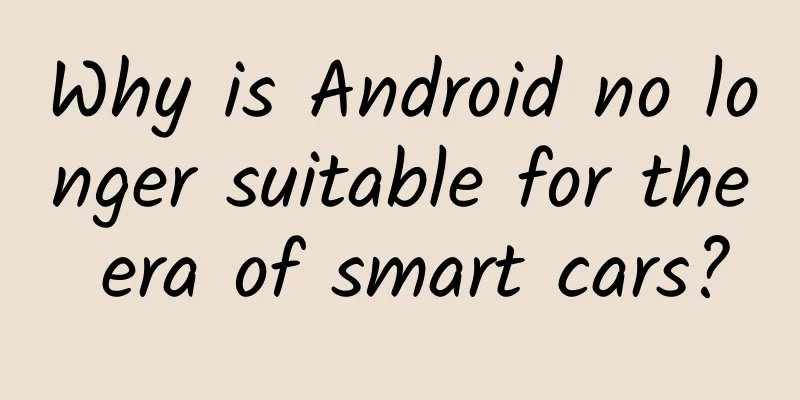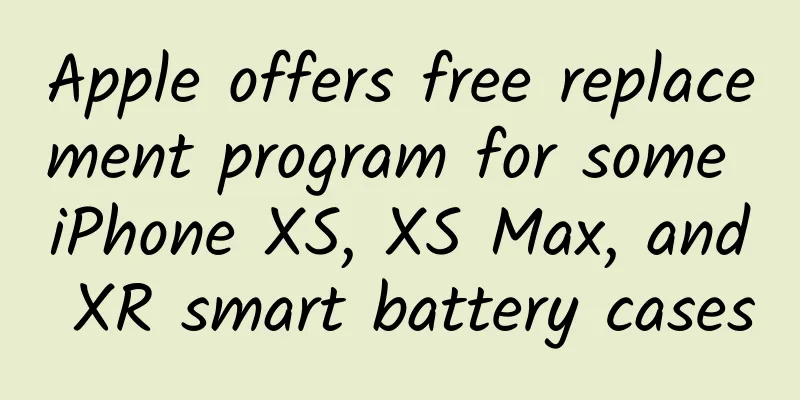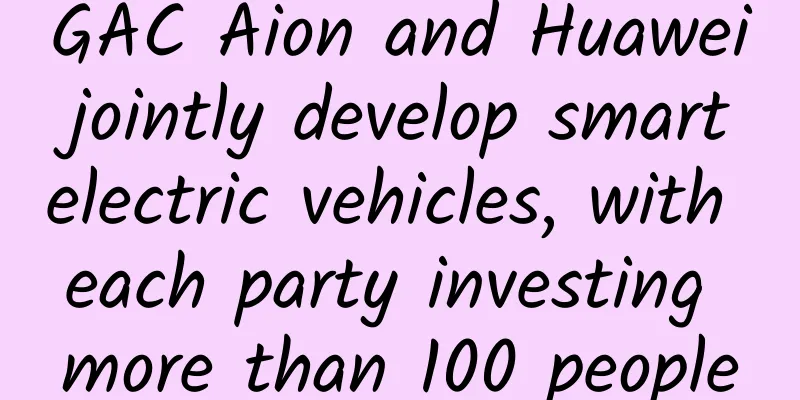Why is Android no longer suitable for the era of smart cars?

|
As more and more car companies begin to emphasize the intelligent experience, the car networking function is no longer exclusive to flagship models or high-end new cars. Especially in the new models of independent brands represented by BYD, Geely, Changan and BAIC, most of them are equipped with brand-new intelligent car systems. Compared with the old car machines that most car owners are very familiar with, these new systems not only have more beautiful UIs, but also simpler and clearer interaction logic. More importantly, the top and second-top models often have networking functions, and the in-car navigation can be updated in real time like the mobile phone navigation, which greatly reduces the behavior of drivers using mobile phones while driving. At present, whether it is the carpad equipped in the new BYD Tang or the inCall of Changan Automobile, most car companies' in-vehicle systems are developed based on the Android system, and this model is often referred to as "deep customization" based on the Android system. In short, the developers or suppliers of car companies will build APK on the Android system based on user needs and optimize the UI for the usage scenarios inside the vehicle, which is a bit similar to Xiaomi's MIUI or Smartisan OS of Hammer. This development model can only be used in the transition stage from functional cars to smart cars. As the intelligence of cars continues to increase, Android designed for mobile phones and tablets will no longer be suitable for the development of in-vehicle systems. The existing Android system is not designed for the automotive environment and has inherent deficiencies The idea of using the tablet computer approach to develop in-vehicle systems was very popular in the automotive public opinion field in the past few years, so much so that someone said, "If a car is four wheels plus three sofas, then a smart car is four wheels plus a tablet computer." However, although the central control screen is getting closer and closer to a tablet in terms of size and display effect, the more you study it, the more you can feel the difference between the two. In terms of interaction, because users need to focus almost all of their visual attention on driving, the interactive operations in the car need to be accurate. In traditional cars, the knobs and physical buttons that control functions such as air conditioning, sunroof, and driving mode allow users to get clear feedback only through touch, but the current large-screen in-car is far from doing this. Therefore, sliding and tapping should not be too important in the interaction of smart cars. In-car interaction in the future should be a combination of gestures, voice, touch and even gaze. However, the current native Android system does not have development tools for all of the above functions. For example, the native Android system has always used virtual and physical button operation methods (Sony, LG and Samsung insist on using the native Android system), rather than developing an interaction mode with sliding gestures as the core like IOS. However, for mobile phone screens that are getting larger and larger, gesture interaction is becoming more and more important. For example, on the latest iPhone X, Apple canceled the HOME button for the full screen, and even the most basic wake-up operation needs to be performed through sliding gestures. This is an operation that conforms to the times and user needs. In response to this, well-known domestic manufacturers such as Huawei, OPPO and Xiaomi, which are known for their emphasis on user experience, have also added gestures and other interactive modes to their own UIs, and have carried out a variety of secondary developments and applied a large number of patches. However, it is these patches that caused major problems during system upgrades. Lack of system support, car machine functions cannot be upgraded with Android iterations For well-known reasons, Google and Android have not developed business in China. Therefore, domestic developers, especially UI developers, often "have their own unique skills". In a previous communication with EoAuto, AliOS chief architect Xie Yan joked that "most domestic manufacturers are hacking Android systems". "At present, Google does not directly support Chinese manufacturers. Everyone is modifying and developing based on their own understanding of the native Android system. However, these patches are not native and there will be stability risks." Xie Yan said, "At the same time, the Android system version is also constantly evolving. Just like when manufacturers such as Xiaomi and Huawei are making mobile phone ROMs, once Android is upgraded, they have to spend a lot of energy to port the original patch changes over, and the workload is painful." When it comes to the automotive industry, the pain is probably doubled. Because the development of in-vehicle systems based on native Android is much more complex than that of mobile phone systems, developers need to modify the system's desktop layout and the way software applications are started. For example, to meet the user's driving needs, the desktop of the in-vehicle system needs to be changed from a static wallpaper to a dynamic real-time map, which requires changes to the native Android system framework. At a time when LCD instrument panels and smart rearview mirrors are becoming standard features, how to achieve three-screen linkage and display content that complements each other has become the next difficult problem that the industry needs to solve. Native Android does not support this function at all. In this regard, developers need to apply a series of patches to the system to solve the problem, and how to transplant the patches to the upgraded system in the future has become a major risk in system maintenance. What's more, some functions may not be transplanted at all. In this regard, the solution of mobile phone manufacturers is to set up a large-scale UI team, but this is definitely not suitable under the current talent system of car manufacturers. However, the greater challenge does not end there. "From a positioning perspective, the Android system itself was developed for mobile phones. The operating mode of mobile phones is fixed and will not change much, so major manufacturers only need to differentiate themselves at the UI level. However, the operating mode and screen layout of vehicles are evolving and changing, and developers need to make a lot of modifications and improvements." Xie Yan said. Except for Volvo, the Android development team does not provide system support for any car manufacturer in the world. Therefore, it is extremely difficult for car manufacturers to adapt the various functions of their own systems to the constantly upgraded Android. Developing smart cars requires support from system manufacturers In fact, from the perspective of Google's top-level strategy, Android's approach makes sense. After all, Google's parent company Alphabet's current strategy in the field of smart cars is to do a good job in Waymo's driverless business. For businesses such as in-vehicle systems that rely more on local service providers and ecosystems, the company uses mobile phone car mapping such as Android Auto to achieve this. Local operating system manufacturers such as AliOS have seen opportunities in this business. Xie Yan told Yiou reporters that as an independent operating system that is independent of Android, AliOS has provided solutions for a variety of usage scenarios such as automobiles, education, mobile phones, TVs and smart hardware, among which automobiles are an area they pay particular attention to. At present, they have supplemented AliOS with a lot of content that Android does not have, and provided the development environment AliOS Studio for R&D personnel. Developers only need to make a small amount of UI layer changes on top of the native system to customize their own OS. More importantly, AliOS is equipped with a professional team to connect with car companies. From the perspective of specific division of labor, Banma, the "friendly army" of AliOS in the Alibaba system, is taking over the follow-up work of the former. Xie Yan introduced that Banma, as a joint venture between SAIC and Alibaba, will provide more customized functions for car manufacturers on AliOS, and eventually make products to be implemented on models such as Roewe, MG, and Maxus. "Our approach is to use AI and big data to help car manufacturers better understand user needs. Specifically, we put voice, cameras and more sensors into the car to make the user experience more intelligent." Xie Yan said that Zebra has already reached cooperation with Ford, Dongfeng Peugeot Citroen, Dongfeng Citroen, Qoros and other car companies, and soon there will be more new cars using AliOS on the road. As a winner of Toutiao's Qingyun Plan and Baijiahao's Bai+ Plan, the 2019 Baidu Digital Author of the Year, the Baijiahao's Most Popular Author in the Technology Field, the 2019 Sogou Technology and Culture Author, and the 2021 Baijiahao Quarterly Influential Creator, he has won many awards, including the 2013 Sohu Best Industry Media Person, the 2015 China New Media Entrepreneurship Competition Beijing Third Place, the 2015 Guangmang Experience Award, the 2015 China New Media Entrepreneurship Competition Finals Third Place, and the 2018 Baidu Dynamic Annual Powerful Celebrity. |
Recommend
Tujia.com's big data precision marketing solution!
Tujia.com Big Data Precision Marketing Solution P...
Chinese scientists have made another important discovery on the moon!
The National Space Administration announced Scien...
Electric Technology Car News: Jaguar E-Pace lowers its profile to create the cheapest coupe SUV. Can it escape the fate of being sold at a discount?
Despite its luxury brand positioning, Jaguar has ...
Volkswagen emissions scandal executives plead guilty in US, could face 169 years in prison
According to Reuters, U.S. District Court spokesm...
How much does it cost to rent a server for a year to develop an app?
APP is a word that has only appeared in our lives...
UI operations in the main thread are not absolutely safe
[[185244]] When we first started learning iOS, we...
Unemployment benefit inquiry: How to solve the problem of website not being included, Urumqi SEO analyzes it for you
It is common to encounter websites not being incl...
Why does the promotional copy of the same brand have such a different effect when it is released in a different city?
Marketing is a war of perception . When we want t...
Inventory of classic running video types in information flow
Everyone should be familiar with the financial in...
Advertising results are always poor? Have you done these 5 things?
When you first came into contact with the Interne...
Ten ways to reverse your financial thinking
There is a fine line between going against the cu...
In just 20 minutes, the 8-year-old boy's entire eyeball was dissolved, leaving him blind for life! If you have this thing at home, throw it away immediately
Expert of this article: Yang Chao, PhD in Chemist...
Tianshu · Zhihu Carrying Goods Episode 3, Teach You How to Quickly Get Started with Zhihu Good Goods Selection, Content and Operation (Attached 2 Episodes)
Tianshu · Zhihu Carrying Goods Episode 3, Teach Y...
10 PPT slides and 5 steps to teach you how to write first-class copy!
How to write first-class copy ? This has always b...
Why are there only salted duck eggs but no salted chicken eggs?
Author: Gongzi Xin When you have breakfast or por...









